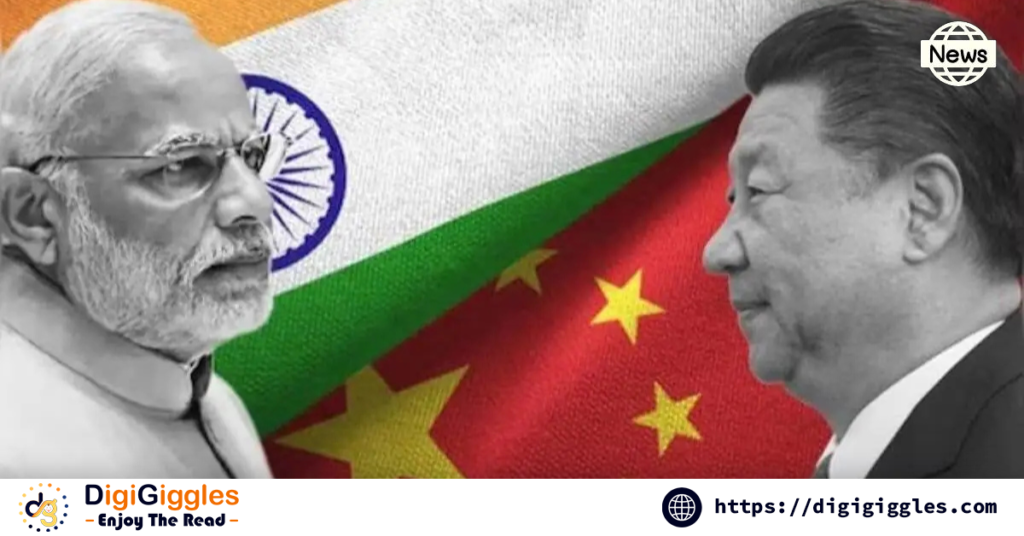
In a significant diplomatic development, India and China have agreed to initiate a phased disengagement of their troops from the Line of Actual Control (LAC), marking a crucial step towards easing tensions along the contested border. This decision comes just ahead of a much-anticipated round of bilateral talks between the two Asian powers to address the long-standing border dispute and restore peace in the region.
Phased Disengagement: A Strategic Move
The agreement, reached after multiple military and diplomatic talks, outlines a systematic and gradual withdrawal of troops from friction points along the LAC. Both countries have faced off in several standoffs in recent years, most notably the 2020 Galwan Valley clash, which resulted in casualties on both sides and escalated tensions to a historic high. Since then, both India and China have been in a deadlock, with efforts to resolve the situation through dialogue yielding limited success. However, the latest decision to implement a phased disengagement is being viewed as a positive sign, suggesting that both nations are willing to de-escalate the situation and prevent any further military confrontations. While the exact timeline and locations for troop withdrawals have not been fully disclosed, the process is expected to take place in multiple stages over the coming months.
Upcoming Bilateral Talks: A New Path Forward
The phased disengagement is being closely linked to the upcoming high-level talks between Indian and Chinese officials. These talks, which are part of the ongoing diplomatic efforts to resolve the border dispute, will focus on creating a lasting solution to the issue while ensuring that tensions along the border remain under control. According to government sources, these talks are expected to cover a wide range of topics, including the need for greater military transparency, the reduction of infrastructure development along the border, and measures to prevent future clashes. Both nations have expressed optimism about the upcoming discussions, with officials emphasizing the importance of maintaining peace and stability in the region.
Restoring Confidence and Stability
The agreement on troop disengagement comes at a time when both nations are facing mounting domestic and international pressure to de-escalate the border situation. For India, maintaining territorial integrity and safeguarding the interests of its border communities remain paramount, while China is keen on reducing hostilities as it navigates increasing global scrutiny over its foreign policy. Experts believe that this phased approach could help rebuild trust between the two nations, allowing them to focus on broader issues of mutual concern such as trade, regional security, and cooperation in international forums like the BRICS summit. “This disengagement will not only reduce the risk of accidental military escalation but also pave the way for more constructive dialogue in the future,” said a senior Indian diplomat involved in the negotiations.
Challenges Ahead
Despite the optimism surrounding this agreement, experts caution that the road to full de-escalation remains challenging. The LAC has been a flashpoint for decades, with both India and China maintaining conflicting claims over vast stretches of territory. There are also concerns about how sustainable the disengagement process will be, given the deep-seated mistrust between the two nations. While the current agreement signals a willingness to move forward, both sides will need to exercise restraint and commitment to ensure that the disengagement is successful and that it leads to a more permanent resolution of the border dispute. As the two nations prepare for the next round of talks, the international community will be closely watching, hoping that India and China can finally achieve a peaceful settlement to this long-standing issue.